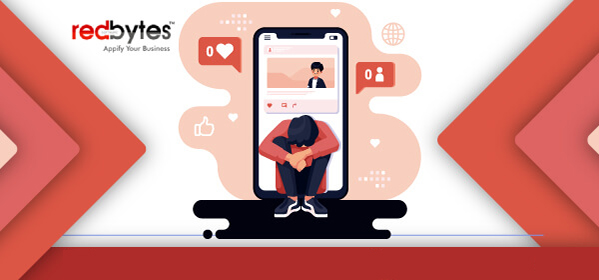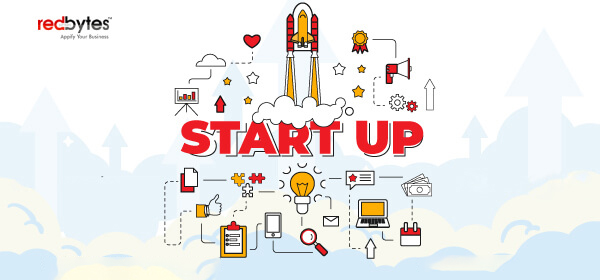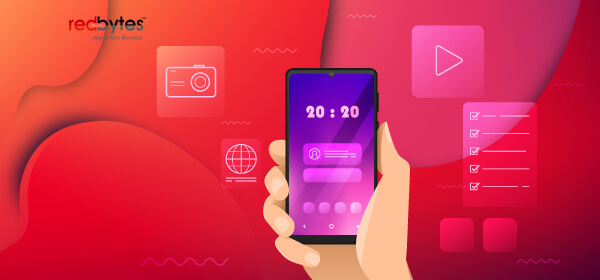Building a good mobile app takes a lot of time (in months or years), skills and industry knowledge. However, a mobile app that works perfectly should have high potential for downloads. If there are not enough users downloading it, or the app is losing its existing customers, it is not worth your time and efforts.
A mediocre app fails to generate more users and revenue – which is a massive disappointment for small business owners. Therefore, a good mobile app needs great marketing.
To learn mobile app marketing, the best approach is to learn all those giant common marketing mistakes that can cost you a fortune. So what are those common app marketing mistakes your marketers are likely to do?
To help you avoid a debacle and get better results from your marketing campaigns, we have listed in this article top app marketing mistakes that may kill your brand.
1) Poor Focus on User Engagement

In a race to attract more users, one of the mistakes made is not looking after current app user base. Ignorance is an enemy to your brand, so don’t ignore the idea of engaging your existing app users.
Even though the target of your mobile app is to acquire more users, a study says nearly 72% of your existing customers in your marketing and sales funnel are likely to share their experience with 6 people or more.
It might be a little challenging to engage converted users, but it is worthy of time and efforts. Hence, incorporate your loyal happy users in your fruitful mobile app marketing strategy.
Read Also: 10 Ways to Raise Fund for your App Startup
2) Lack of Personalization

Who doesn’t want to feel important and appreciated with personalization? Sadly, not approaching mobile app users with unique messages to treat them well is an inexcusable mistake ruining your brand survival.
The only way to make customers feel special is sending personalized greetings and messages. If you have a mobile app to engage with your customers, personalization especially matters and potentially helps. In its absence, they feel abandoned as if you don’t value having them on your app.
Make sure you have sufficient data about their geographic location, approach, behavior and contexts. You can then utilize them to create effective marketing campaigns and send personalized, most related messages. Doing so will make users fall for your brand.
3) Interruption of Massive Inquiry

Anything in excess would decimate the motive behind having it in place – a horrid marketing mistake for your brand. The same thing applies to the approach of fetching enough data from customers to personalize user experience.
Push notifications and messages only show its impact when app users are asked to share information in the right moments, and not too frequently. If you greedily interrupt customers initial journey by asking too many questions, they are likely to feel suspicious as to why you seek too much details so soon.
Let users explore your app and they will willingly submit their data as soon as they feel safe and satisfied. To make it smart, use third-party registration solution that doesn’t ask users to enter the email address.
4) Desire to be Omnipresent

It is acknowledged that Omnichannel marketing campaign is a highly successful and smart approach as it reaches the right audience at a right time. However, this may turn the table sometimes because integrated marketing campaign means being at too many places and social platforms.
This may annoy users even if the campaign consists of the right message. Drop the belief that creating too many social accounts or reaching the audience through print media can be an effective holistic marketing tactic.
Instead, focus on a few good prolific, high-caliber channels where your industrious marketers are most likely to connect well.
5) Excluding ASO Marketing Tactics

Optimizing your app for commonly used keywords in order to rank high in app store search results is crucial. Apptentive data unfolds almost 63% of users directly turn to app stores to discover a new app.
Ignoring ASO tactics and rules during conversion means missing out on massive sales. ASO is fundamentally driven by:
- Keywords
- Title and description
- Snapshots/videos
- Reviews/ratings
Understand how target users search for similar apps and apply right keywords in the app Title and description so that app store algorithms can easily recognize the app. Additionally, uploading screenshots and videos with in-app features and UI can also help users grasp what your app is about.
Since reviews written by real users are a strong social proof, users often view reviews and ratings before downloading an app.
6) Ineffective Low-Quality Content

Content is the backbone of your mobile app’s life and it is important to step out of the ordinary while creating unique content. Many app owners create content for the sake of it and often forget to make content that is so meaningful and exciting it truly connects with the audience.
If you don’t believe in content-is-the-king notion, the chances are you will end up with the content that is pretty clichéd and drab, and leaves no impression.
Your prospect customers will never appreciate banal ideas. Serve the kind of content that speaks of your product and service quality. In fact, content could be the best ever marketing weapon that ultimately becomes your brand voice.
Read Also: Mobile App Marketing Funnel: Converting Users into Customers
7) Not Staying Abreast with the Competition

The best marketing strategy is the one that incorporates thoughts and fear of competition. Ignoring your nearest competitors would make marketing the app quite challenging.
For best results, you must study the right and wrong, the good and bad of the competition. You can learn a lot from their potential mistakes and effective working plans. Eventually you can adapt to the best for your own campaigns.
8) Unkempt Landing Pages

Having mobile app landing pages that look disorganized, dull or shallow will surely never connect with users. The moment they open your app, they expect a bag of delightful surprises and exciting stunts, some freebies and opening tours.
Your landing page is crucial for all it is worth as it gives a good idea about customer’s initial journey. Make it content-rich, pleasant and smooth. If your opening is great, you will see more subscribers, followers, fans and prospect sales.
9) Not Using Tracking and KPI Analysis Tools

If you can’t track success, you can’t see success – it is that simple. Marketing campaigns of mobile apps especially rely on minute analysis and measurement of campaign performance and progress.
Instead of monitoring revenue from marketing campaigns, it is more fruitful to keep an eye on parameters like user engagement, page views, special interests, target channels, interaction time, email open rates and more.
These KPIs help develop clear understanding of what customers like and prefer their favorite engagement platforms, prospect user location, etc. Use trackers and analytics system to know whether or not your tactics are working and where you still need to improve.
You can alter your tactics accordingly and measure its impact. Tweak your banner content, recommendations or push message and see how it goes.
10) Neglecting your Niche

Another big mobile app marketing mistake is marketing your app to a specific demographic and neglecting your own niche. An extensive group of users is too hard to focus on. Instead of spreading thin across the wide spectrum, ascertain your own niche.
Dig and probe a little deep into your target audience. Find out all about their lifestyle habits, hobbies, hangout places, education level, phobias, dreams and goals. What places they would love to visit? What devices they like most? What is their location?
How do they make their living? How much they usually earn? What influences their online shopping and investment decisions?
11) Not Working on Customer Feedback

Understandably enough, bad reviews are the always dreaded, but fearing negative comments does not lead you to your marketing goals. Customer feedback is the sign that users actually interact with your app.
In fact, negative reviews offer a way to take it as inputs and improve your business practices accordingly. Take it seriously and work on earning more positive reviews. Go ahead and ask happy users to leave their views about their experience with the app.
12) Zero Collaboration with Expert Leaders

If you are not getting effective results from dynamic, industrious marketing professionals working round the clock, it is time to collaborate with experts in the business.
Today marketing as a whole has evolved greatly and app marketing itself requires niche skills. It takes a lot of creative ability and technical finesse and time to understand effective channels and their features.
Collaborating with a marketing media expert can help you hit desired campaign goals and rise to the top.
Read Also: Effective App Launch Marketing Strategies That Drive Success
Conclusion
We hope you got the entire gist from these top app marketing mistakes and possible solutions for your mobile app. Learning what not to do will help you steer towards what can be done. Consider these major mistakes before planning your next mobile app marketing campaign to keep at bay any disaster and achieve business objectives.






























![How to Create an App Like MyFitnessPal [Cost Included]](https://wp.redbytes.co.uk/wp-content/uploads/2020/01/How-to-create-an-app-like-my-fitness-pal-1.jpg)







